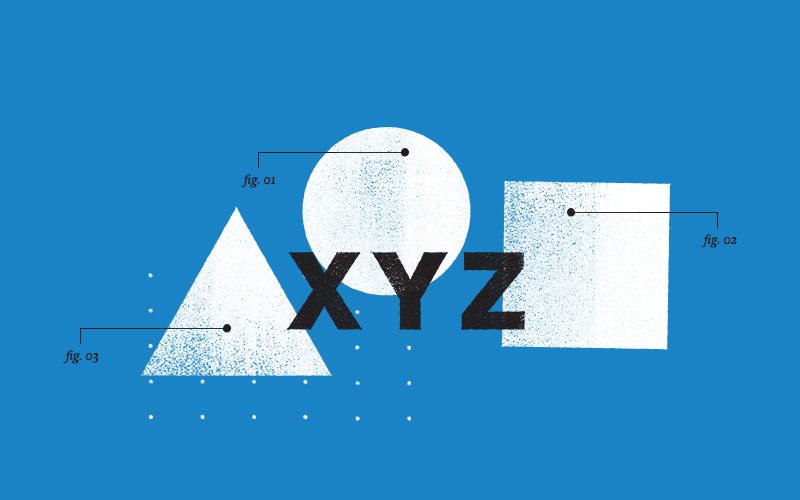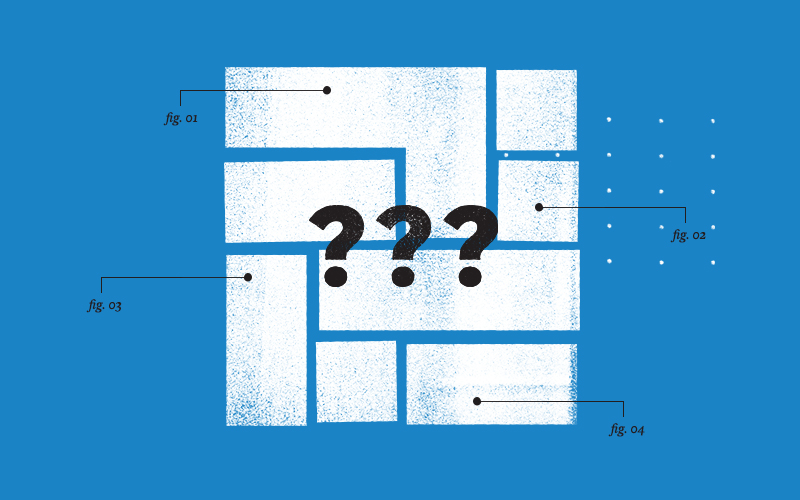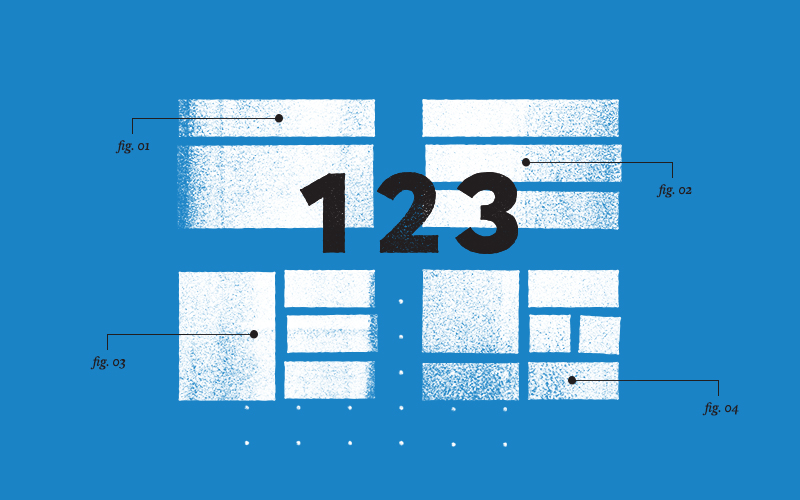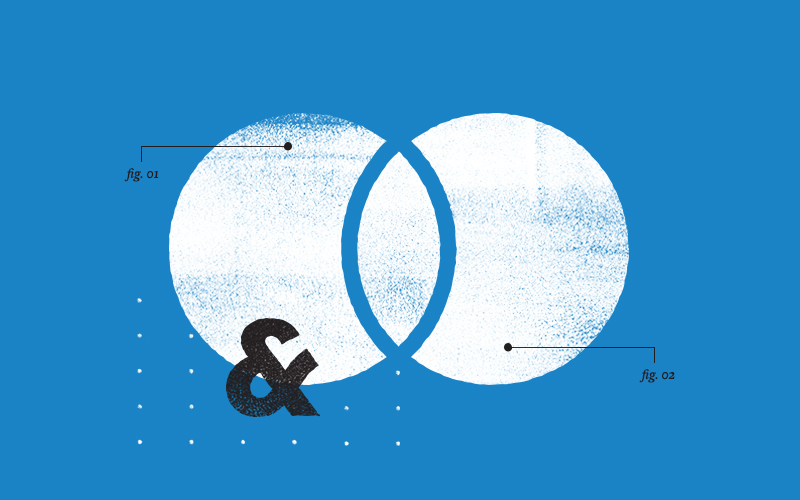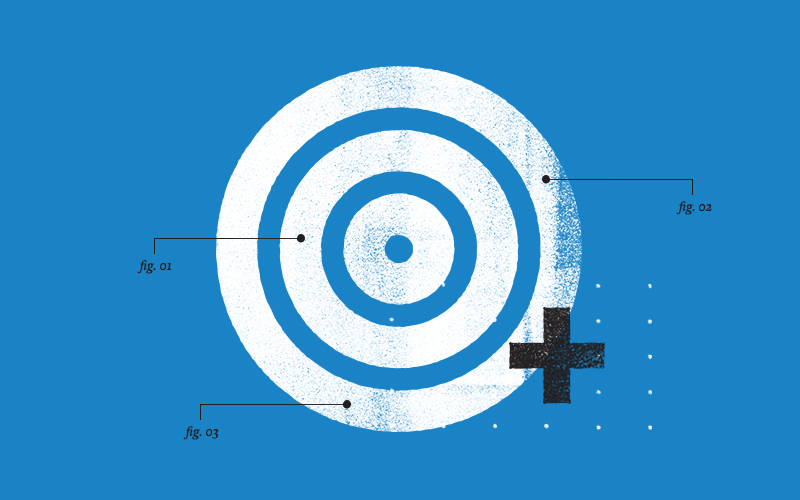Mason Plunkett
Category: Creative
06.22.2015
Back in late March, I attended the ModevUX Conference. I spent the day listening to inspiring user experience thoughts and musings from a variety of exceptionally talented folks, but one in particular resonated with me. Wren Lanier, who leads design and UX at Highrise, spoke about the ways in which designers fail and the necessity of learning from every project.
Working in a fast-paced environment, finding time to reflect on our practice as creative professionals can be a challenge. With lots of irons in the fire and ever-approaching deliverable deadlines, evaluating processes as they relate to specific projects can be even more difficult. As a designer who entered the field through a side door (via a B.S. in Architecture), I’ve carried a bit of a chip on my shoulder that has pushed me to keep my own development under a microscope, but Lanier’s observations prompted me to take a step back and consider our agency practice and some things that I have learned.
Bringing Teams Together
The most successful projects bring together as many skillsets as possible at the earliest stages. Combining perspectives allows us to squash bad ideas and nurture good ones in a comprehensive way. In a post titled Build a Trustworthy Design Process, Julie Zhou (Product Design Director at Facebook) notes that “It’s about recognizing that the set of choices in any design problem is enormous, and the more that all of us can help each other anticipate the pros and cons of these choices, the more considered the decision we will make, and therefore the better the decision we will make.”
At NJI, we ensure that team members from a variety of backgrounds are actively involved through the duration of a project. A content strategist can help us head off a quick decision about CMS content structure that would lead to a major usability concern months before it ever becomes an issue. A developer can look at a sketch of a project feature and ask technical questions about functionality and interaction before it even leaves the whiteboard. When we include members from every team in project kickoffs, brainstorms and reviews, our collective expertise and experience allow us to make informed decisions while staying a few steps ahead.
The Power of Critique
Design decisions, good or bad, cannot be effectively analyzed in a vacuum. When designers do not actively seek out constructive critique of our work on a regular basis, we run the risk of delivering solutions that have been viewed through too narrow a lens.
At NJI, our designers share our works in progress with each other and our other teams on a daily basis. Zhou observes that for a design process to be effective, “You have gotten feedback from enough people such that you understand at a deep level all the reasonable perspectives one could have.”
Seeking out feedback not only ensures that we take in a variety of points of view, but it mandates that we reflect on our choices in real time such that we can defend them (or, in some cases, cannot defend them). It improves the quality of the work, and it keeps us honest and accountable to each other.
Fidelity: Different Strokes for Different Folks
When it comes to the fidelity of design deliverables, one size does not fit all clients. In an ideal scenario, the goal is to send off the next deliverable and receive valuable feedback as quickly as possible without sacrificing quality.
During the discovery phase, we can generally gain a sense of the level of fidelity that will be required to convey meaning, start a dialogue and begin to build trust with a given client. From there, we can tailor our deliverables to include the amount of fidelity that will be needed to keep the trains moving.
The ultimate goal is to keep the lines of communication open and reach the next fruitful conversation with the least amount of fidelity possible. When we adapt our deliverables on a case-by-case basis, we increase our chances of receiving actionable feedback, which gets us closer to satisfying client needs. Strong solutions. Happy Clients.
Concept Communication Is King
Every project absolutely requires a strong conceptual foundation, but when it comes to fruitful dialogue and approvals, conveying design intent is half of the battle. It can be said that a strong design solution should speak for itself, but we cannot always expect that the nuances of our choices can be fully comprehended at face value. As designers, it is our duty to ensure that our clients understand our decisions and the reasoning that supports them. This is how we build trust.
In his ModevUX keynote address, Jared Spool stated, “Design is the rendering of intent.” By walking the client through our decisions (either with written documentation or in-person meetings), we arm them with a frame of reference to begin to understand and resonate with the intent of our solutions. Less vagueness results in less of a chance for misinterpretation.
We want to be open to the organic flow of a project and the injection of some whimsy, but we also need to ensure that our intent is fully considered and understood. It’s Inception. Plant a powerful early seed and nurture it into an approved concept.
On Practice
Every design professional would love to refine their process to the point of perfection, but the truth of the matter is that there is always room for growth. In a piece titled Practice, Not Process, Lanier observes: “Doing great work isn’t about perfecting your process, it’s about maintaining a practice. Every day we try, we fail, we succeed, we learn. Then we wake up and do it again. And again. And again. This is where the real work happens.”
It isn’t as much about process as it is about learning, growing and adapting to the needs of each new challenge. By keeping our eyes open and being mindful of the value of every outcome in our daily practice, we can foster growth and learning on a daily basis. With that thought in mind, I’ll roll up my sleeves and get back to work.
